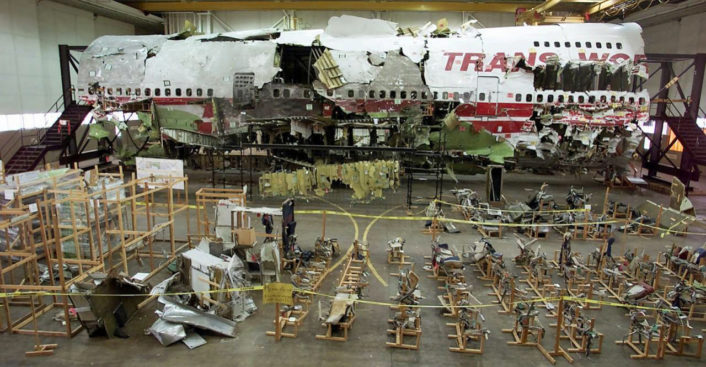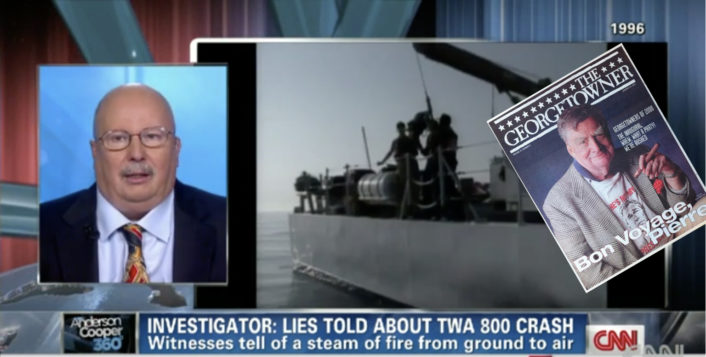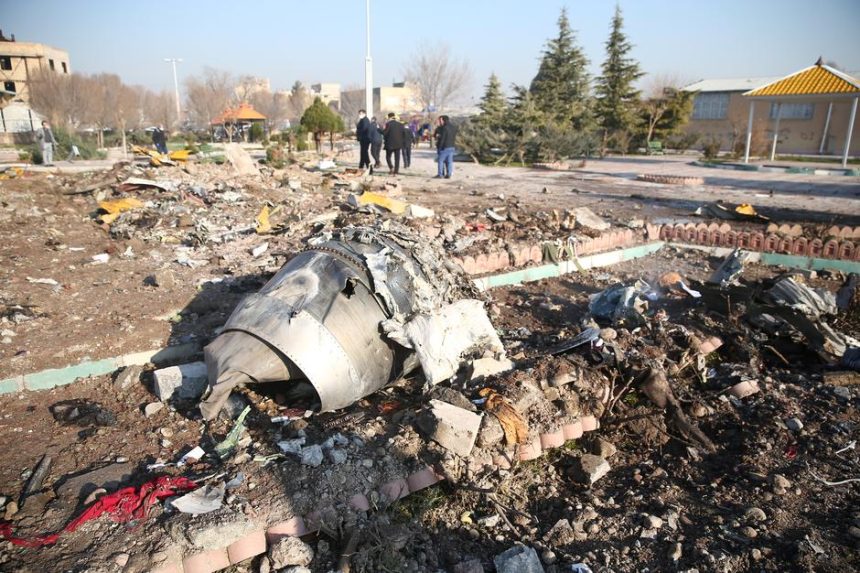Let’s Examine the Dangerous History of Civil Airliner Shoot-Downs by The Military.
As we have reported yesterday, U.S., British and Canadian officials are “confident” that Iran (mistakenly) fired two surface-to-air missiles at the Ukraine International Airlines Boeing 737 flight PS752 that crashed at 06.12LT shortly after taking off from Tehran’s Imam Khomeini airport on Jan. 8, 2020.
Although this version is rejected by the Iranian authorities, it is worth considering several of the most sensational and tragic losses of civil aircraft set against the backdrop of continuing military tension. This is not to suggest any specific narrative lead to this week’s tragic flight PS752 disaster. It is to lend brief historical perspective to the discussion.
Depending on which resource you choose to believe, there may be about 33 incidents of military assets shooting down a civilian passenger aircraft. The earliest is an August 24, 1938 incident called the “Kweilin Incident” when a Chinese DC-2 airliner with 18 persons on board was strafed by a Japanese aircraft after ditching in Chinese controlled territory north of Hong Kong. There were 15 fatalities in the incident.
The most famous Airspace Violations which led to the downing of civil and military flights during the Cold War is covered in-depth by a series of articles that you can read here: https://theaviationist.com/category/airspace-violations/
There is no authoritative record for how many spurious or false theories about civilian aircraft being shot down there are, but they run the gamut from credible investigations to bizarre conspiracy theories about UFO incidents and disappearances in the Bermuda Triangle attributed to military influences. Some of these have become particularly popular, as the one about TWA 800, that is worth a comment.

Before he staked his reputation on a theory that TWA flight 800 had been accidentally shot down by a U.S. Navy missile off the U.S. east coast, journalist Pierre Salinger enjoyed a well-earned reputation as a credible reporter. After foisting his lengthy conspiracy theory about the 1996 crash of the Boeing 747, his reputation was dashed.
The U.S. National Transportation and Safety Board (NTSB) officially concluded that the July 17, 1996 crash of the TWA Boeing 747, flight 800, off the U.S. coast was the result of in-flight breakup due to fuel tank explosion caused by short circuit. Salinger contended it was accidentally shot down. His credibility never recovered. He eventually died in October 2004 at age 79 with a tarnished legacy over the affair.

Salinger carried his conspiracy theories of the tragedy to the grave with him. In a 1999 column written by Salinger for the Georgetowner, Salinger wrote that, “It is very sad that almost three years after TWA flight 800 exploded over Long Island, the United States government has not come out with a final solution on what happened to that plane. I am also very sad about what happened to me. When I announced in November 1996 during a speech in Cannes in southern France that TWA 800 had been shot down accidentally by a U.S. Navy missile, my life was cut back by the FBI. The U.S. media said that I had told a lie and that I had lost my credibility.”
As sensational and tragic as the conversation over accidental shoot-downs of civil aircraft is, the key thing to remember about the conversation is maintaining the highest standards for investigation of incidents. In all instances, it is worth building some analytical distance between the incident and the explanation. This has become even more important in the age of social media where the volume of information greatly outstrips the credibility of information.
While Salinger’s theories about the 1996 loss of TWA flight 800 were dismissed as false, Korean Airlines flight 007 was quite the opposite. The Boeing 747 went down over Sakhalin Island in the Sea of Japan on September 1, 1983 after being shot down by a Soviet Su-15. All 269 persons on board perished. The (then) Soviet Union initially denied they had shot the aircraft down. They eventually took blame- or credit- depending on your perspective, explaining that they had reason to believe the aircraft was being used to collect signals intelligence on Soviet military activities in the region. Today, after the collapse of the Soviet Union in the new Russian state, the narrative of the incident within Russia has been amended to one of measured regret. The Russians concede the incident was tragic and erroneous, but that it may not have been an unreasonable response given the circumstances of the Cold War era.
Similar to the Russian experience of Korean Airlines flight 007 is the U.S. shoot-down of Iran Air Flight 655 on July 3, 1988 by the U.S. Navy. The Ticonderoga class cruiser USS Vincennes accidentally shot down the Iranian registered Airbus A300B2 airliner, killing all 290 persons on board. The reason for the accidental shoot-down was attributed to a host of communication and logistical problems that culminated in the “perfect storm” of threat scenarios leading the Captain of the USS Vincennes to launch an SM-2MR surface-to-air missile. Claims were made that the USS Vincennes made repeated, up to 10, attempts to query the Iran Air Flight and did not receive verification of its identity. Both Iran and the U.S. provided different narratives of the events. Then-U.S. President Ronald Reagan did offer a diplomatic response expressing regret over the loss of life, but not accepting responsibility for the incident. The incident remains divisive between the U.S. and Iran.
Despite significant advancements in civil aircraft tracking and identification, including widespread access to flight tracking websites and software and public access to GPS data, accidental military/civilian aviation engagement incidents have continued, usually with tragic results.
On Oct. 4, 2001, a Tupolev 154 belonging to the Siberia Airlines, which operated the Tel Aviv-Novosibirsk link in western Siberia, as flight 1812 exploded in mid-flight over the Black Sea. 78 people, mostly Israelis, died. A week later, Kiev recognized that the disaster was due to an errant S-200 missile fired during an exercise.
As recently as July 17, 2014, Malaysia Airlines Flight 17 was shot down by a Buk surface-to-air missile. There were 298 fatalities in the crash of the Boeing 777-200ER. While questions continue to surround who was responsible for the incident, pro-Russia separatists forces near Donetsk engaged in a conflict for Shakhtarsk Raion region have been attributed to the launch of the missile.
On the military side, a recent similar episode, involving the Syrian Air Defense and a Russian Il-20 spyplane, took place on Sept. 19, 2018.
While incidents of civil aircraft being shot down by military assets are incredibly rare given the massive daily volume of civilian flights, the results are always tragic and the outcome sensational. Concern over these incidents has been great enough for several Israeli airlines, including El Al, Israel’s Arkia airline and Israel’s Isair domestic commuter airline, to equip aircraft with themissile detection and avoidance systems. These system (equipping also some private and VIP aircraft) enable flight crews to detect a missile launch and take evasive action. Much about the details of these systems remains classified.









